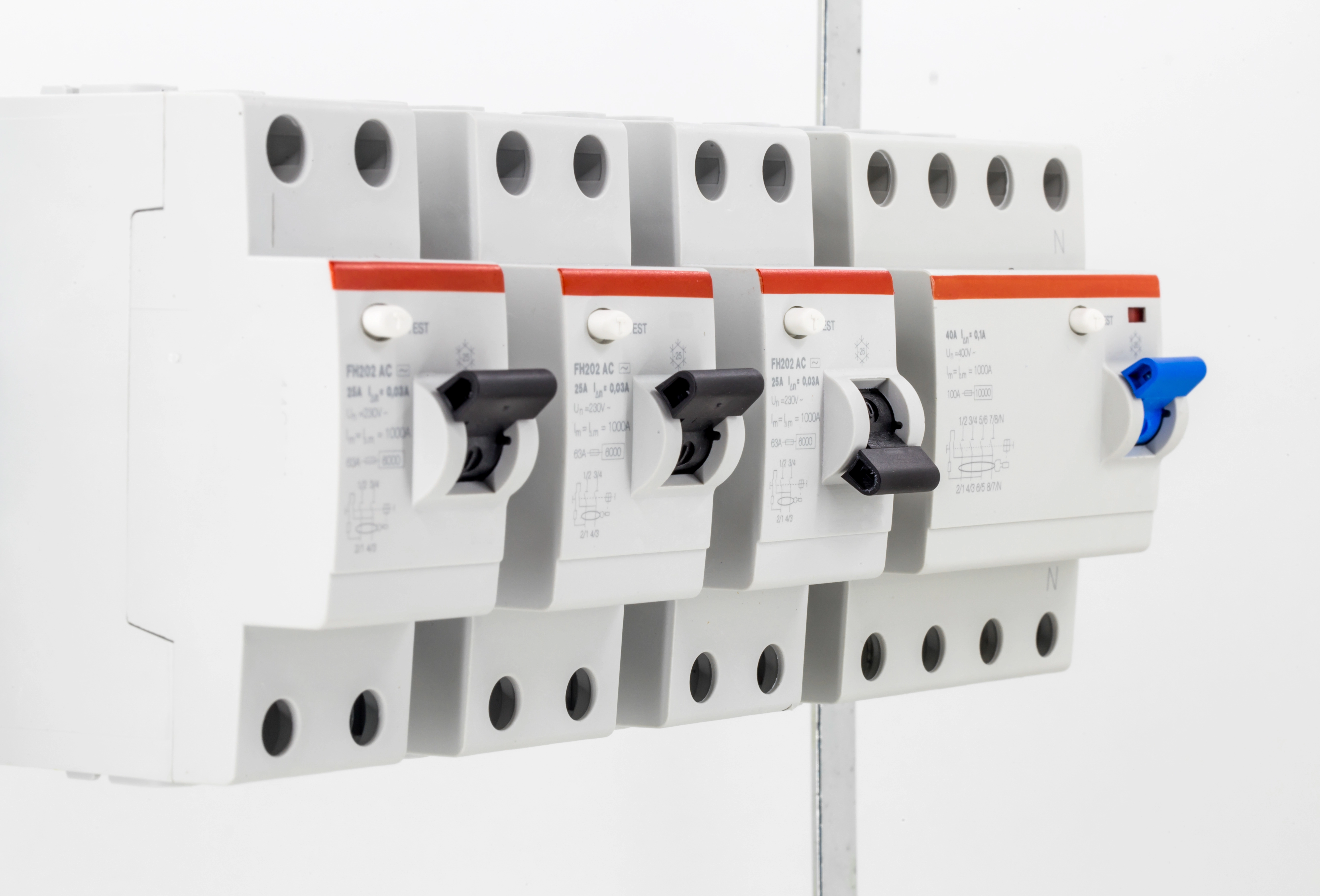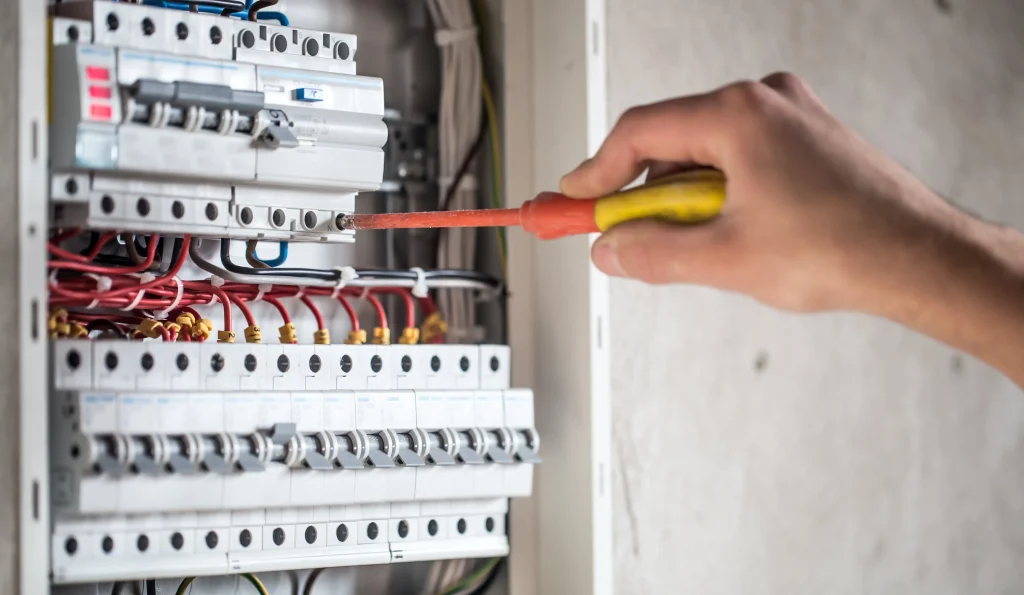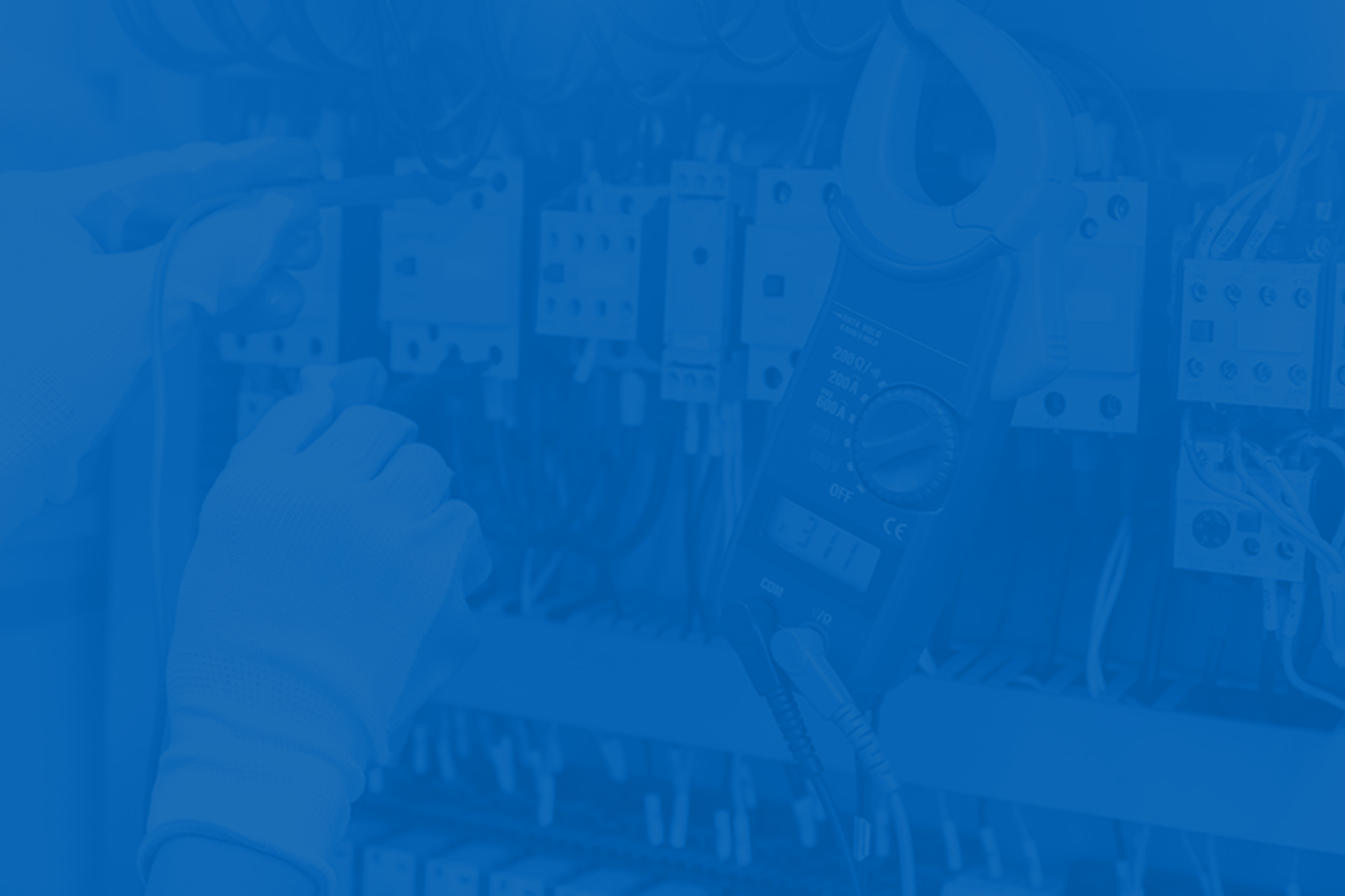22 Apr How Safety Switches Protect Your Family and Home: A Comprehensive Guide
Safety switches are essential devices that play a crucial role in protecting your family and home from electrical hazards. These vital gadgets monitor the flow of electricity through circuits and outlets, quickly cutting off power when an imbalance is detected. This rapid response can prevent serious harm and property damage caused by electrical faults, making safety switches indispensable to any comprehensive home safety plan.
At MCH Electrical, our Residential electricians understand the importance of safety switches in safeguarding your loved ones and property. In this comprehensive guide, we’ll delve into the significance of these devices, explain how they function, and provide insights on proper maintenance.
By gaining a deeper understanding of safety switches, you can take proactive steps to significantly enhance your home’s electrical safety, ensuring a secure environment for you and your family.

Understanding Safety Switches
When switches, wiring, or electrical appliances in your home are found to be leaking electrical current, safety switches automatically cut off your electricity supply. Whereas, circuit breakers interrupt the electric current when it exceeds its limitations, preventing energy supply to the loads and damage to the circuit. Safety switches guard against electric shock, whereas circuit breakers guard against overloads and short circuits.
Types of Safety Switches
Residual Current Devices (RCDs)
When an RCD senses an imbalance in the electrical current, such as when a person touches a live wire, it should cut off the energy promptly. They are often used in residential, commercial, and industrial environments.
Ground Fault Circuit Interrupters (GFCI)
GFCI’s function is similar to that of relay circuit breakers (RCDs). When a ground fault is detected, they immediately cut off the electricity. They are used in bathrooms, kitchens, and outdoor outlets to prevent electric shock.
Arc Fault Circuit Interrupters (AFCIs)
AFCI is made to prevent electrical wire arcing problems from causing fires. They are often used in living rooms and bedrooms where broken wires or defective wiring may cause electrical fires.
How Do Safety Switches Work?
Safety switches have a mechanism by which they work. Let’s understand this in a few stages:
Electrical Current Monitoring
Safety switches keep an eye on how much current is flowing through a circuit at all times. They do this by analysing the currents in the active (live) and neutral wires. All other things being equal, these currents ought to be equal.
Finding Imbalances
An imbalance in the current signifies a circuit malfunction. This may result from someone touching a live wire, malfunctioning an appliance, or other problems. Safety switches are made to recognise these kinds of imbalances.
Tripping Mechanism
A safety switch initiates a tripping mechanism when it senses an imbalance greater than a certain threshold, usually around 30 milliamperes. This device immediately cuts off the circuit's power source, stopping additional electrical flow.
Power Cut Off
The circuit's power is turned off almost immediately after the safety switch trips. By doing this, the chance of electrical fires and electric shocks is decreased. Once the issue has been found and fixed, the tripped safety switch can be manually reset.

The Importance of Safety Switches in Home Safety
Preventing Electrical Fires
Overheating and electrical faults in electrical circuits account for nearly 40% of residential fires. Safety switches, which turn off power when they notice irregularities in the current flow, aid in preventing these fires.
Protection Against Electric Shocks
Safety switches are made to identify even minute electrical current imbalances, like the ones that happen when someone unintentionally touches a live wire with wet hands in the bathroom or kitchen. Safety switches prevent potential electric shocks by prompting the shutting off of power.
Compliance with Building Codes
Laws for new construction and reconstructions mandate safety switches in several areas. Ensure your home has safety switches installed and maintained to protect your household's safety and comply with these rules.
Installing Safety Switches in Your Home
Professional Installation vs. DIY
Professional installation is sometimes more expensive in the beginning due to labour costs, but it becomes more cost-effective over time with few faults and the need for maintenance.
On the other hand, while DIY installation may appear less expensive at first, but expenses can quickly pile up due to errors or the need for expert help. DIY initiatives are also more prone to mistakes without expert direction, whereas professional installation assures safety compliance and benefits from professional competence.
Professionals provide continuing support, such as maintenance and troubleshooting, whereas DIYers may need to search the internet or seek professionals for assistance. Furthermore, because of careful preparation and execution, pros are usually more efficient and complete work faster than DIYs.
Integration with Existing Electrical Systems
Integration includes determining compatibility, designing circuits, and upgrading parts to comply with safety regulations. Professional installation by a certified commercial electrician is necessary to guarantee accurate integration and compliance.
Maintenance and Testing
After installing safety switches in your house, they must be provided with periodic maintenance and testing to ensure they offer reliable protection. The switches must be tested every three months by pushing the test button to mimic a malfunction and ensure the switch trips appropriately.
Choosing the Right Safety Switch for Your Home
Factors to Consider
First, consider the gadgets you use in your house, like electronics and appliances, since these might influence the security required. Older homes could have obsolete electrical or wiring, which raises the possibility of electrical problems and necessitates more robust safety switches.
Cost Considerations
It is essential to consider the long-term advantages and the upfront expense of a safety switch before selecting one for your house. In Australia, the cost of a primary switchboard-mounted RCD safety switch can vary from AUD 200 to AUD 500. At the same time, more sophisticated devices or those needing extra installation can reach AUD 800 to AUD 1000.
Latest Technologies in Safety Switches
Modern safety switches include advanced technology to improve their functioning and efficacy. One such technique is the employment of sophisticated circuits and sensors to identify even minute imbalances in electrical currents, enabling more precise and quick tripping in the case of a malfunction. Furthermore, a few safety switches now include remote monitoring features that let homeowners check in on the condition of their switches and get alerts from a distance.
Assured Safety with MCH Electrical
Safety switches are essential to safeguard your family and house against electrical risks like fires and electric shocks. Making educated judgments about installing safety switches in your home may be enhanced by thoroughly understanding their functions and various available types.
At MCH Electrical, we recognise how crucial safety switches are to maintaining your home’s security. Our can assist you in improving the security of your house with our professional installation and maintenance services with complete workmanship.
Contact us today to schedule an appointment and ensure your family’s safety with our reliable services!







Sorry, the comment form is closed at this time.